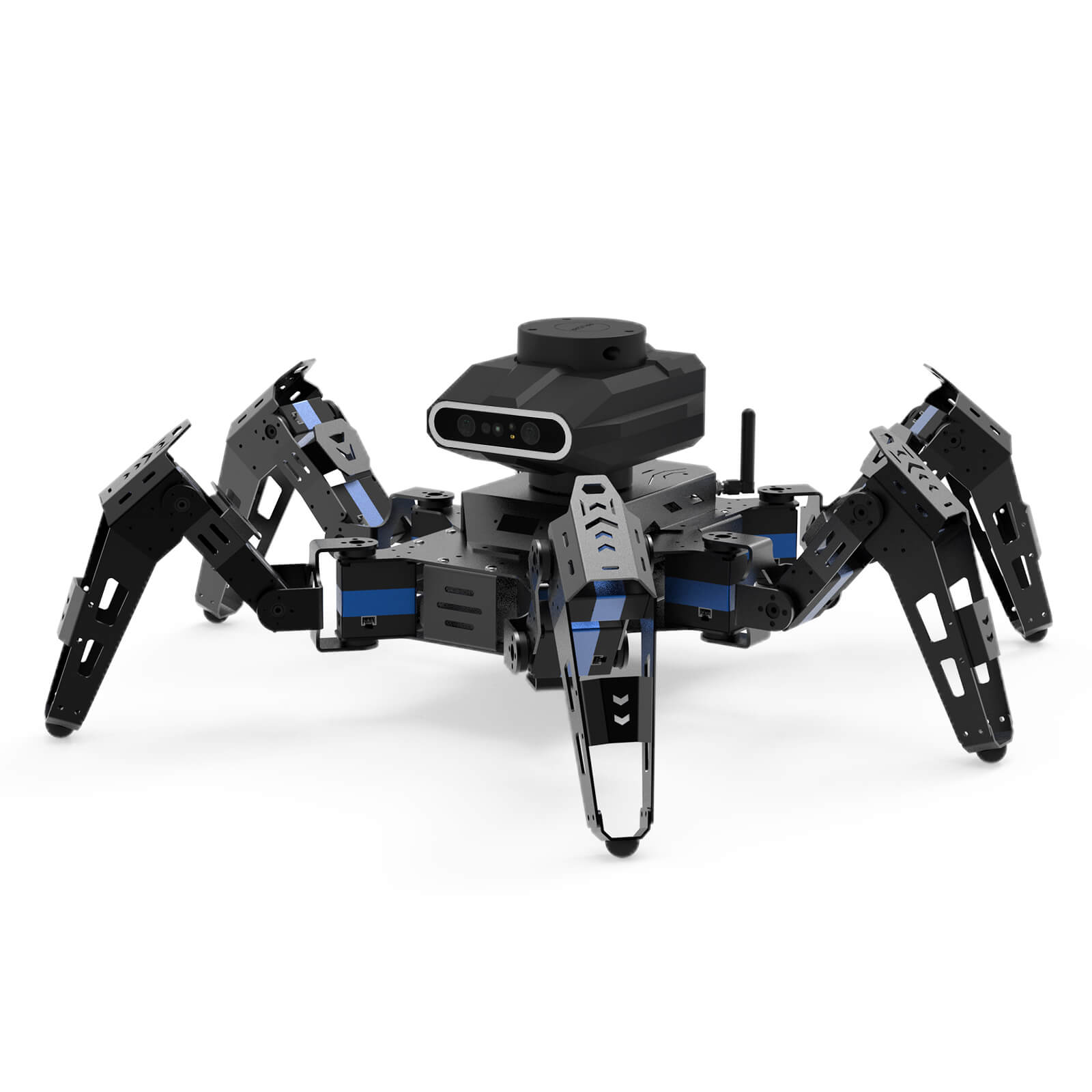ROS (Robot Operating System) is an open source software framework for writing robotics software applications. It provides a powerful set of tools and libraries to help developers easily build robotic systems. Next, we will introduce the features and functions of ROS.
First, ROS is modular and distributed. It allows developers to modularize different functions of the robot. Each module can be developed and tested independently, and then collaborates in a distributed manner through the communication mechanism of ROS. This architecture makes development more efficient and reliable.
Secondly, ROS provides a wealth of libraries and tools for handling tasks such as robot perception, motion control, navigation and operation. For example, ROS's perception library can be used to process image and laser data to help robots perceive the surrounding environment. The motion control library can achieve precise robot motion control, and the navigation library can help the robot plan paths and avoid obstacles. These libraries and tools greatly simplify the robot development process.
In addition, ROS also provides powerful visualization tools such as rviz and rqt. rviz can visualize the robot's perception data, motion status and environment map, making it easier for developers to monitor and debug the robot in real time. rqt is a general ROS graphical interface tool that can display and control various robot-related data through plug-ins.
In recent years, smart education is changing our education methods at an alarming rate. Behind all this, a powerful and flexible tool is playing an important role: ROS (Robot Operating System).
ROS not only provides an interactive learning platform for educators and students, but also brings them unlimited space for creativity and exploration. Let's explore the wonderful world of ROS together and introduce an exciting intelligent programmable ROS robot.
ROS is an open source, flexible and powerful software framework designed for robotics application development. Its modular and distributed architecture enables developers to build robotic systems more efficiently. ROS provides a wealth of libraries and tools, including perception, motion control, navigation and operation functions, making robot development simple and efficient.
Applications of ROS in Education: By using ROS, educators can introduce the concepts of robot programming and control into the classroom. Students can implement robot functions such as image recognition, path planning, and object grabbing by writing ROS nodes and topics. This practical learning method stimulates students' interest in learning and creativity, and develops their problem-solving abilities.
Now let me introduce to you an exciting intelligent programmable ROS robot - ROS Phage bionic hexapod smart programmable robot.
This robot combines ROS (Robot Operating System) and lidar technology, as well as the concept of bionics, to bring us an amazing robot experience.
Hexapod bionic design: The design of this robot is inspired by the six-legged structure of insects. It has six flexible robotic legs that simulate the walking style of insects. This bionic design enables the robot to have excellent mobility and stability in various complex terrains and environments.
Integration of ROS: As the core of the robot operating system, ROS provides powerful control and communication capabilities for robots. The lidar hexapod bionic robot is perfectly integrated with ROS, allowing developers to use various functions and tools of ROS to control and program the robot. This integration greatly simplifies the robot development process and provides developers with a more efficient and flexible development environment.
Lidar technology: Lidar is a high-precision sensing technology that can obtain three-dimensional information of the surrounding environment by emitting a laser beam and measuring its return time. This technology enables robots to sense and build a map of their surrounding environment in real time, allowing them to plan and execute mobile tasks more accurately. The integration of lidar gives the robot excellent capabilities in navigation and obstacle avoidance.
Some functions of ROS Phage hexapod smart programmable robot:
Autonomous navigation: ROS six-legged intelligent robot has strong autonomous navigation capabilities. It can use lidar and other sensors to sense its surroundings in real time and build accurate maps. Based on this information, the robot can plan the optimal path and navigate autonomously to the designated location.
High mobility: The hexapod structure with 18 servos gives the robot excellent mobility and adaptability. It can walk, climb and overcome obstacles in a variety of complex terrains and environments. Whether indoors or outdoors, robots can flexibly handle and complete various tasks.
Human-computer interaction: ROS Phage bionic hexapod smart programmable robot can interact naturally and friendly with people. It is equipped with speech recognition and natural language processing capabilities to understand and respond to human commands and questions. By interacting with humans, robots can perform tasks, provide information, entertainment and other functions.
Programmability: ROS Phage bionic hexapod smart programmable robot is based on the ROS platform and is highly programmable. Developers can use various tools and libraries provided by ROS for custom programming to implement various complex functions and tasks. This programmability makes the robot very flexible and can be adapted to different application fields and needs.
Multiple sensors: In order to provide comprehensive environmental perception, the ROS six-legged intelligent robot integrates a variety of sensors, including lidar, cameras, ultrasound, etc. These sensors can provide accurate distance, location, images, and more.

